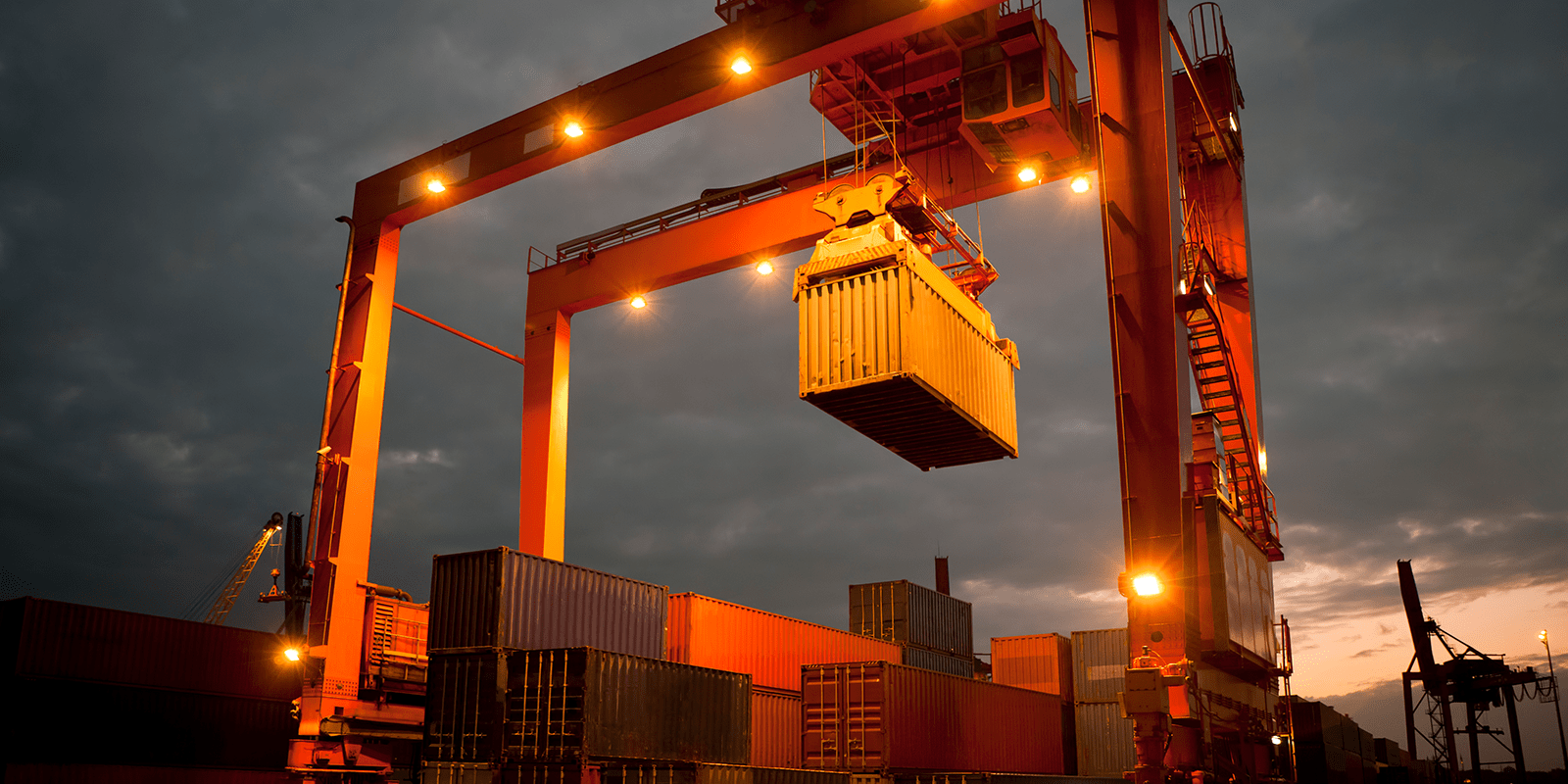
January 6, 2022
As Containers Pile Up, So Do Port Fees. Here’s What You Can Do.
Tags:
As Containers Pile Up, So Do Port Fees. Here’s What You Can Do.

January 6, 2022
A rash of new fees has popped up at US ports and terminals. As congestion continues to prevent a steady flow of containers, the fees are an extra nudge to collect cargo in a timely fashion—or pay the price.
We’ve created a quick reference for you to learn more, plan ahead, and minimize risk.
US Port Fees to Watch
These fees are in addition to demurrage fees, which are typical to the industry. They may also change suddenly or substantially, at the discretion of the ports and terminals.
Container Dwell
A Port of LA/LB fee
Where: Port of LA/LB
When: > 8 days
Amount: $100, increasing by $100 per day daily
Effective: Jan 30
Excess Dwell
Fees that vary by terminals at LA/LB and SEA/TAC
Los Angeles/Long Beach
Where: LCBT
When: > 5 days
Amount: ~ $45 - $110 per day
Effective: Jan 15, 2022
Where: PCT
When: > 5 days
Amount: ~ $50 - $150 per day
Effective: Dec 15, 2021
Seattle/Tacoma
Where: Husky
When: > 15 days
Amount: $315 for every 5 days or less
Effective: Nov 1, 2021
Where: Washington United
When: > 15 days
Amount: ~ $310 every 7 days
Effective: Nov 8, 2021
Where: SSA Terminals 18, 30, and 5
When: > 5 days
Amount: ~ $50 - $100/day
Effective: Jan 30, 2022
Missed/Canceled Appointments
A terminal fee if truckers fail to show or cancel
Los Angeles/Long Beach
Where: APMT
When: Fail to show or cancel within 2 to 4 hours
Amount: ~ $25 - $65
Effective: Mar 1, 2022
New York/New Jersey
Where: APMT Elizabeth
When: 1 hour after appointment window
Amount: ~ $65
Effective: Oct 1, 2021
How to Mitigate Port Fees
The reality is total avoidance of demurrage and other port fees isn’t always possible.
The underlying issue is demand has outstripped infrastructure, industry-wide. Ships aren’t big enough. Ports aren’t big enough. There’s not enough equipment of all kinds.
The constraints of the physical world are yoking logistics’ best attempts at doing more, faster. The result is a giant traffic jam: nobody’s fault, everybody’s problem. The containers just can’t move fast enough.
Flexport Head of Compliance as a Service Michael Baekboel recommends reframing the issues around port fees.
Focus on optimal use of containers. You’ll minimize fee exposure, plus any gained speed could benefit your supply chain—and the global supply chain, as a whole.
“In the Flexport Platform, you can conduct your own audit by tracking data points to reasonably validate charges,” explains Baekboel, “but you can also tackle the root of the problem, and that’s container flow.”
Consider end-to-end approaches that include routing options, trucking availability, and warehouse space.
For instance, OceanMatch can maximize container use and turn containers back around faster. Or you can also shift urgently needed SKUs to LCL solutions, which can help sidestep late-container concerns.
Think of these strategies as decongestants. They won’t resolve all debacles, but they’ll reduce your risk of sticker shock by helping containers move as quickly as possible.
Learn more about how to create cost and speed efficiencies for your supply chain when you sign up for Flexport.
About the Author

January 6, 2022


